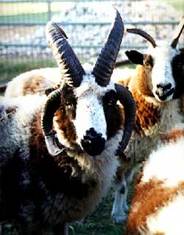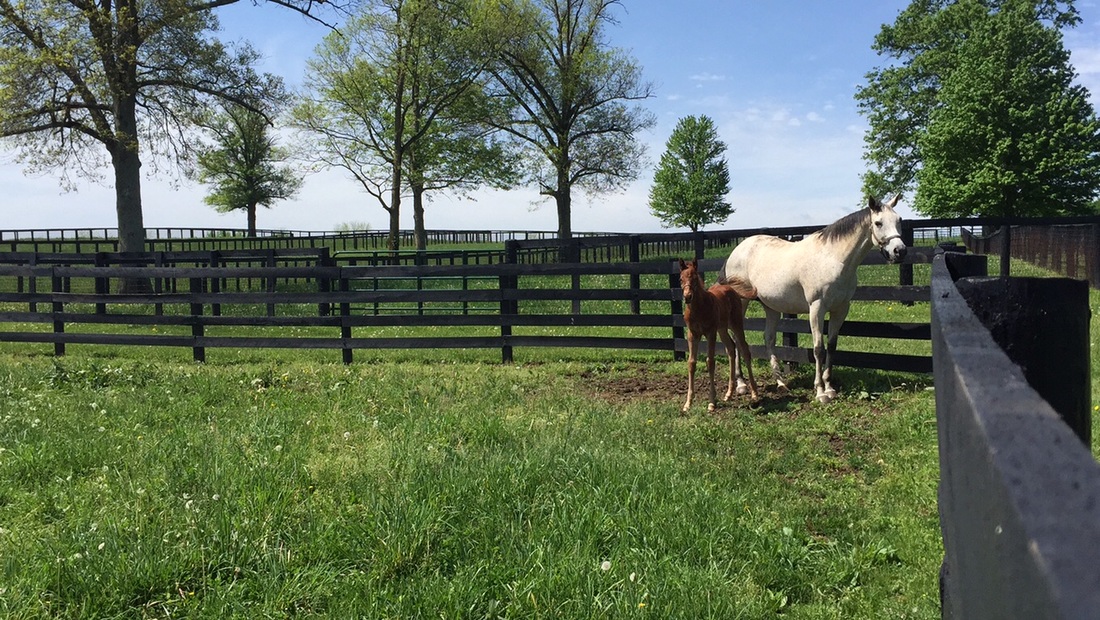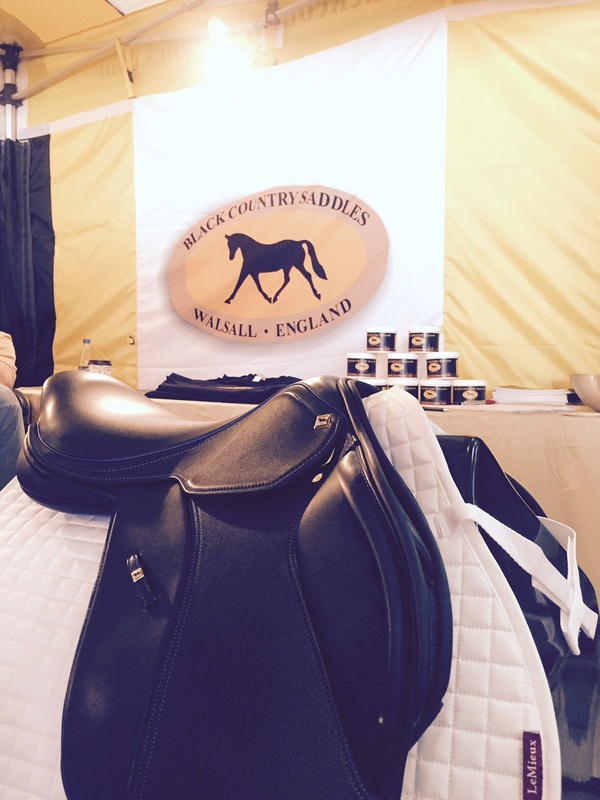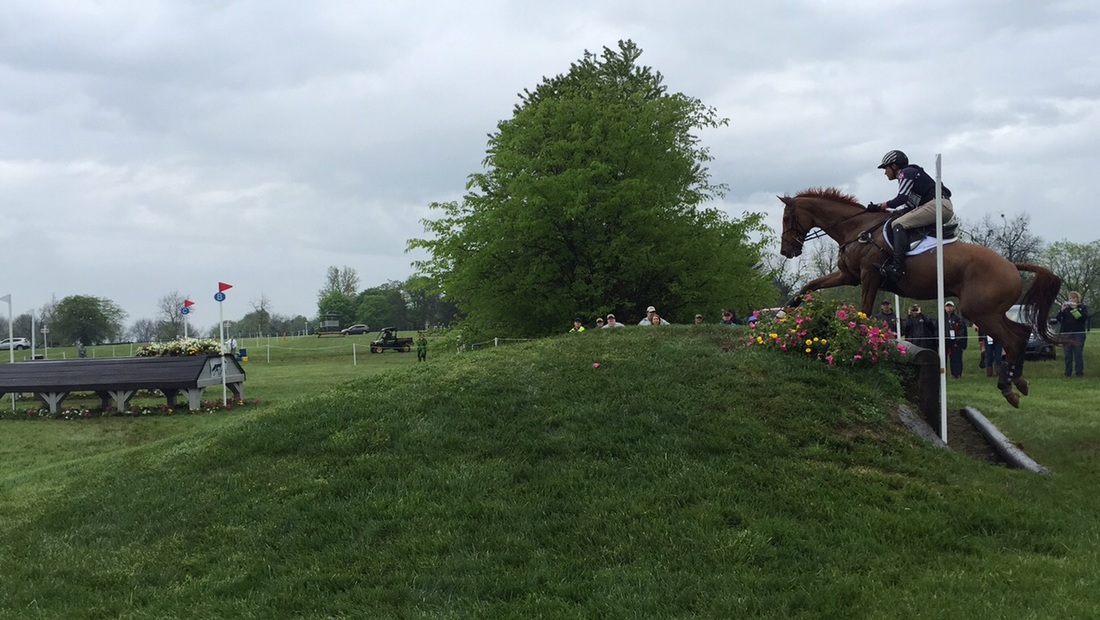As I work on reflocking a used saddle and am frustrated by the materials used - I decided my I needed to share a few thoughts on the topic.
There are many options in "flocking" a saddle:
Why I like wool:
Wool is a natural fiber that is easily removed adjusted and replaced. There is some degree of resistance to changes in consistency and temperature with heat and cold and it has decent shock absorption properties and generally holds up well to weight bearing. Jacobs wool is my preferred wool as it has longer less straight fibers which make it easier to use, decreases lumps and seems to hold up a bit longer to compression. Lambs wool is commonly referred to as white wool. It may be a bit more common with manufacturers than jacobs wool and is certainly easier to get ahold of for saddle fitters who are doing flocking adjustments. In my hands I find it tends to bunch up a bit more but overall has good flocking properties too. One thing that I find very frustrating is when saddle fitters use a different type of wool to make adjustments on the saddle than the saddle is mostly flocked with. This seems to be one common reason I've run into for lumpy feeling wool saddles. The main argument I see against wool is regarding the cost of maintenance and upkeep.
Artificial flock:
This is a cheap alternative to wool and I believe it just doesn't work as well. I find it compresses more quickly, perhaps making your panels hard sooner and generally just isn't as forgiving or resilient as traditional wool. The good news is panels made for this type of flocking can generally be easily converted to wool
Foam:
Foam has its benefits - the most obvious of which is the fact that it shouldn't change a whole lot with use and needs little upkeep if any. Unfortunately in reality foam panel are a bit of a catch 22 as they are not adjustable and rarely are they convertible to wool (the panels just simply aren't deep enough to allow an adequate amount of wool). Almost all foams used even in the highest end saddles are not rated for weight bearing and are often more of an insulating type technology. This has two main implications 1. The foam will indeed breakdown and be affected over time with riding and 2. Claims of shock absorption and pressure distribution is questionable. Foam also has the potential to heat up and the "insulating" affect of the foam against your horses back is often less than desirable. I'm always entertained by claims of "NASA developed" product in panels. When in space are you worried about weight bearing applications?
Air:
As with many trends air has fallen out of favor. There are still some Flair and Cair panel saddles out there that can work well for many horses depending on how they are used and maintained but in general the shock absorption and pressure dissipation is lacking when compared with other products. (Think of a inflated ball on a cold day - doesnt the shock of kicking it or catching it resonate throughout your body?) The best applications of air bladders seem to be combined with wool. Be careful of brands who have more than one bladder throughout the panel and have an overlap or gap in spots!
You'd be surprised at what even the most expensive saddles come flocked with. Be sure to educate yourself when choosing a saddle brand and a saddle fitter. It is wise to see what kind of wool your saddle fitter uses to flock saddles. (I keep both lambswool and jacobs wool in stock - because, as previously mentioned, I really dislike the lumpy effect one gets when you mix these two products together!)
There are many options in "flocking" a saddle:
- Wool: the two most common types of wool uses are lambswool and jacobs wool
- Artificial Flock: This is commonly some kind of acrylic type fiber, similar to what is found in throw pillows. Historically things such as carpet fibers have been used too
- Foam: There are many types of foam available and used
- Air: Two main bladder types are cair and flair
Why I like wool:
Wool is a natural fiber that is easily removed adjusted and replaced. There is some degree of resistance to changes in consistency and temperature with heat and cold and it has decent shock absorption properties and generally holds up well to weight bearing. Jacobs wool is my preferred wool as it has longer less straight fibers which make it easier to use, decreases lumps and seems to hold up a bit longer to compression. Lambs wool is commonly referred to as white wool. It may be a bit more common with manufacturers than jacobs wool and is certainly easier to get ahold of for saddle fitters who are doing flocking adjustments. In my hands I find it tends to bunch up a bit more but overall has good flocking properties too. One thing that I find very frustrating is when saddle fitters use a different type of wool to make adjustments on the saddle than the saddle is mostly flocked with. This seems to be one common reason I've run into for lumpy feeling wool saddles. The main argument I see against wool is regarding the cost of maintenance and upkeep.
Artificial flock:
This is a cheap alternative to wool and I believe it just doesn't work as well. I find it compresses more quickly, perhaps making your panels hard sooner and generally just isn't as forgiving or resilient as traditional wool. The good news is panels made for this type of flocking can generally be easily converted to wool
Foam:
Foam has its benefits - the most obvious of which is the fact that it shouldn't change a whole lot with use and needs little upkeep if any. Unfortunately in reality foam panel are a bit of a catch 22 as they are not adjustable and rarely are they convertible to wool (the panels just simply aren't deep enough to allow an adequate amount of wool). Almost all foams used even in the highest end saddles are not rated for weight bearing and are often more of an insulating type technology. This has two main implications 1. The foam will indeed breakdown and be affected over time with riding and 2. Claims of shock absorption and pressure distribution is questionable. Foam also has the potential to heat up and the "insulating" affect of the foam against your horses back is often less than desirable. I'm always entertained by claims of "NASA developed" product in panels. When in space are you worried about weight bearing applications?
Air:
As with many trends air has fallen out of favor. There are still some Flair and Cair panel saddles out there that can work well for many horses depending on how they are used and maintained but in general the shock absorption and pressure dissipation is lacking when compared with other products. (Think of a inflated ball on a cold day - doesnt the shock of kicking it or catching it resonate throughout your body?) The best applications of air bladders seem to be combined with wool. Be careful of brands who have more than one bladder throughout the panel and have an overlap or gap in spots!
You'd be surprised at what even the most expensive saddles come flocked with. Be sure to educate yourself when choosing a saddle brand and a saddle fitter. It is wise to see what kind of wool your saddle fitter uses to flock saddles. (I keep both lambswool and jacobs wool in stock - because, as previously mentioned, I really dislike the lumpy effect one gets when you mix these two products together!)

Did you know?!
The Jacob Sheep is an older breed with rams having a unique 4+ horned head.




 RSS Feed
RSS Feed
